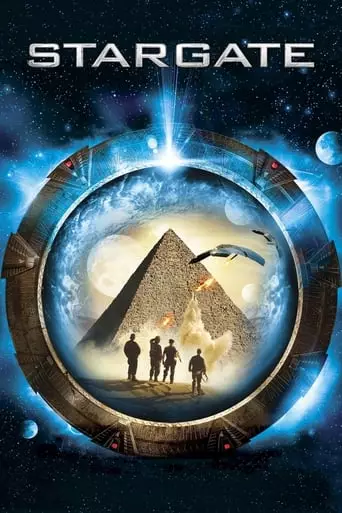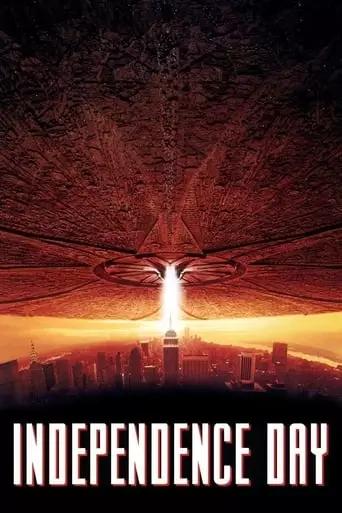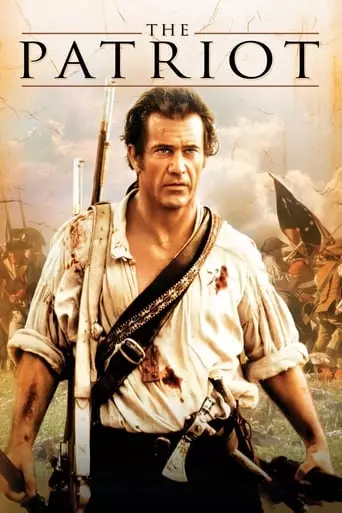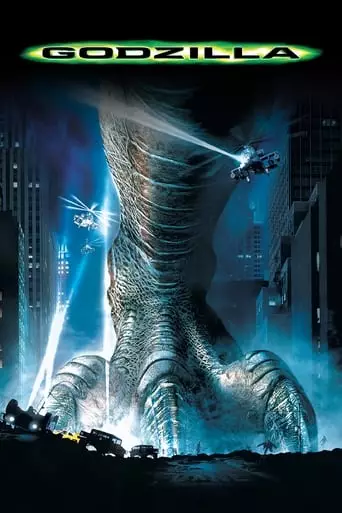Universal Soldier (1992) Watch Online

Universal Soldier (1992) Watch Online

Anonymous (2011) Watch Online

Stargate (1994) Watch Online

Independence Day (1996) Watch Online

The Patriot (2000) Watch Online

Godzilla (1998) Watch Online

White House Down (2013) Watch Online